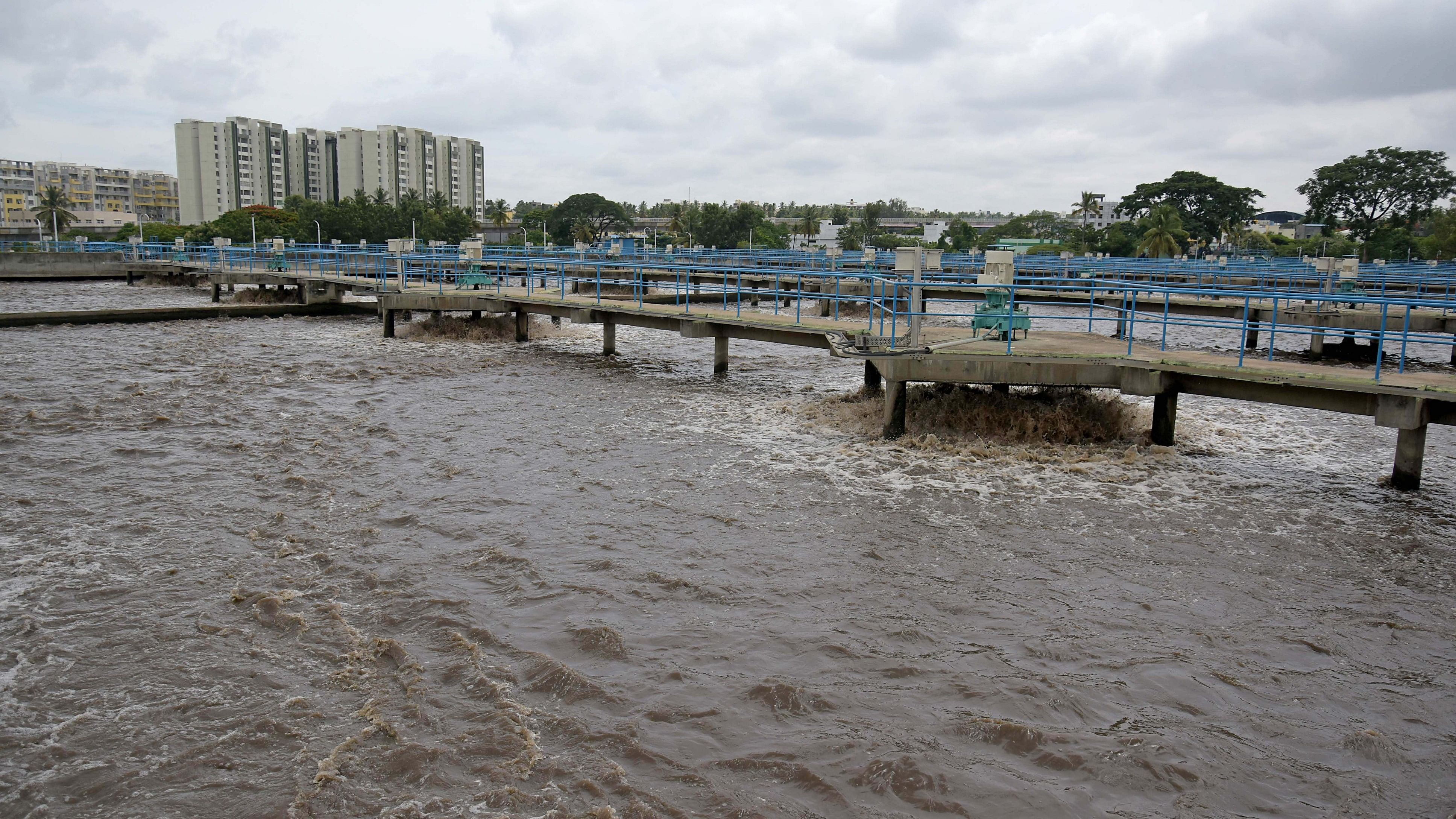
In 2020, a joint committee of experts from the state and central agencies recommended the need to evaluate the performance of 32 sewage treatment plants (STPs) in Bengaluru.
DH PHOTO/PUSHKAR V
Last year, the National Green Tribunal disposed of a suo motu case over frothing in River Thenpennai, after giving directions to the Karnataka chief secretary, the Central and state pollution control boards (CPCB and KSPCB).
However, Bengaluru continues to send about 140 million litres of polluted water every day as the Bengaluru Water Supply and Sewerage Board (BWSSB) and the other authorities have failed to treat sewage generated by the city. The water is polluted with sewage and industrial effluents.
The Koramangala-Challaghatta and Hebbal-Nagavara valleys contribute to the pollution of water that flows into the Palar and Dakshina Pinakini river basins.
Highly polluted
The Karnataka State Pollution Control Board (KSPCB), which started monitoring the quality of water in Dakshina Pinakini, grades it as highly polluted.
Reports from the last three months consistently classify the water in the lowest
grade (‘E’ - fit for industrial cooling).
In 2020, a joint committee of experts from the state and central agencies recommended the need to evaluate the performance of 32 sewage treatment plants (STPs) in Bengaluru.
Poor drainage infra
Besides the challenges posed by the lack of underground drainage infrastructure in the 110 villages added to BBMP limits, the existing STPs fail to comply with standards set by the Central Pollution Control Board (CPCB).
In its progress report submitted to NGT, CPCB flagged non-cooperation from the state government as a major concern.
“The BDA, BBMP, lake department and minor irrigation department neither attended meetings nor responded,” the report said.
BWSSB chief engineer (wastewater management) B C Gangadhar said the untreated sewage flowing to Dakshina Pinakini was about 40 mld, coming from 110 villages.
“About 55 mld of treated water is also going to the Dakshina Pinakini, making the total look like a huge quantity. In fact, the 140 mld is limited to the rainy season. All the water flowing from BWSSB limits to Dakshina Pinakini will be treated by the end of 2024,” he said.